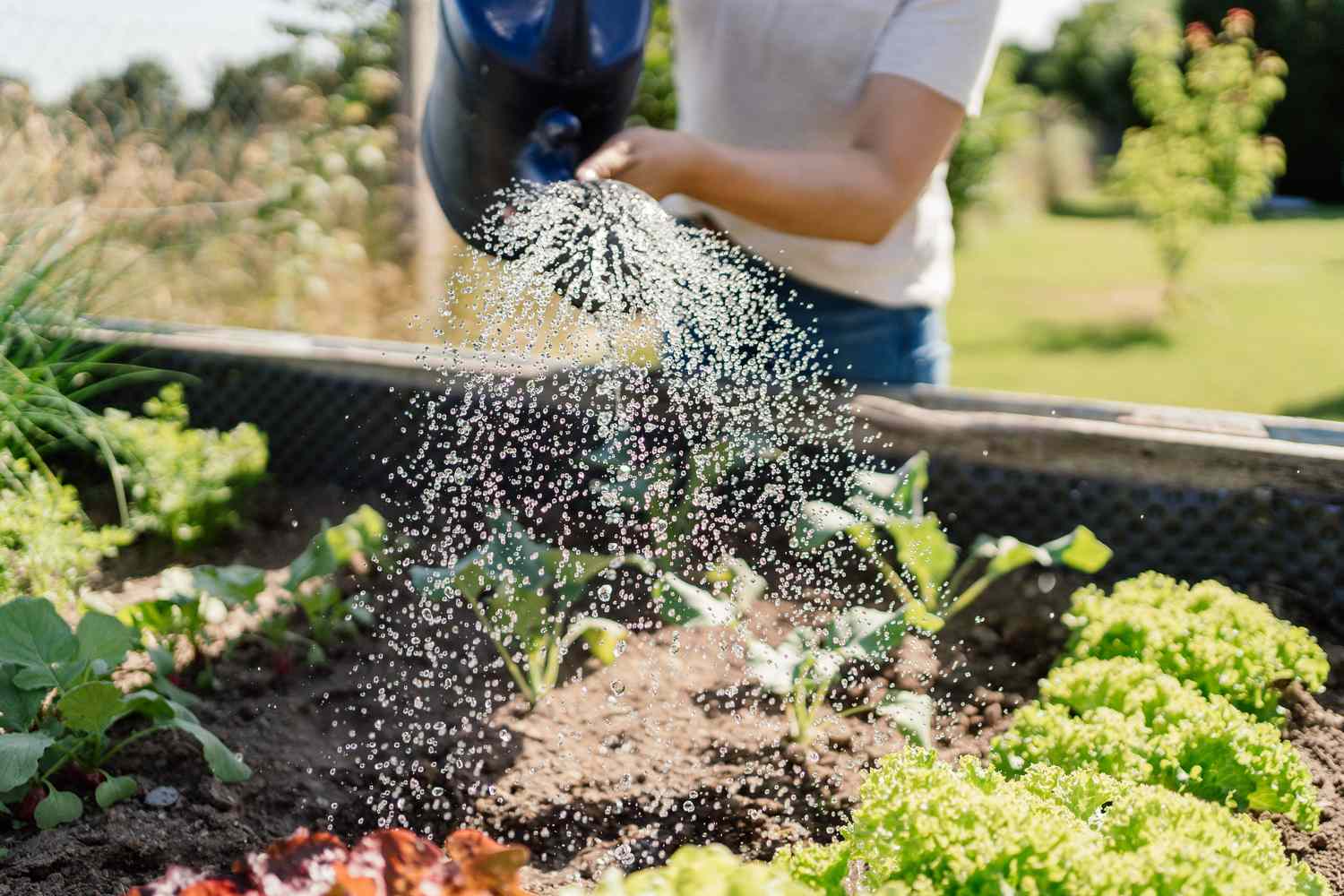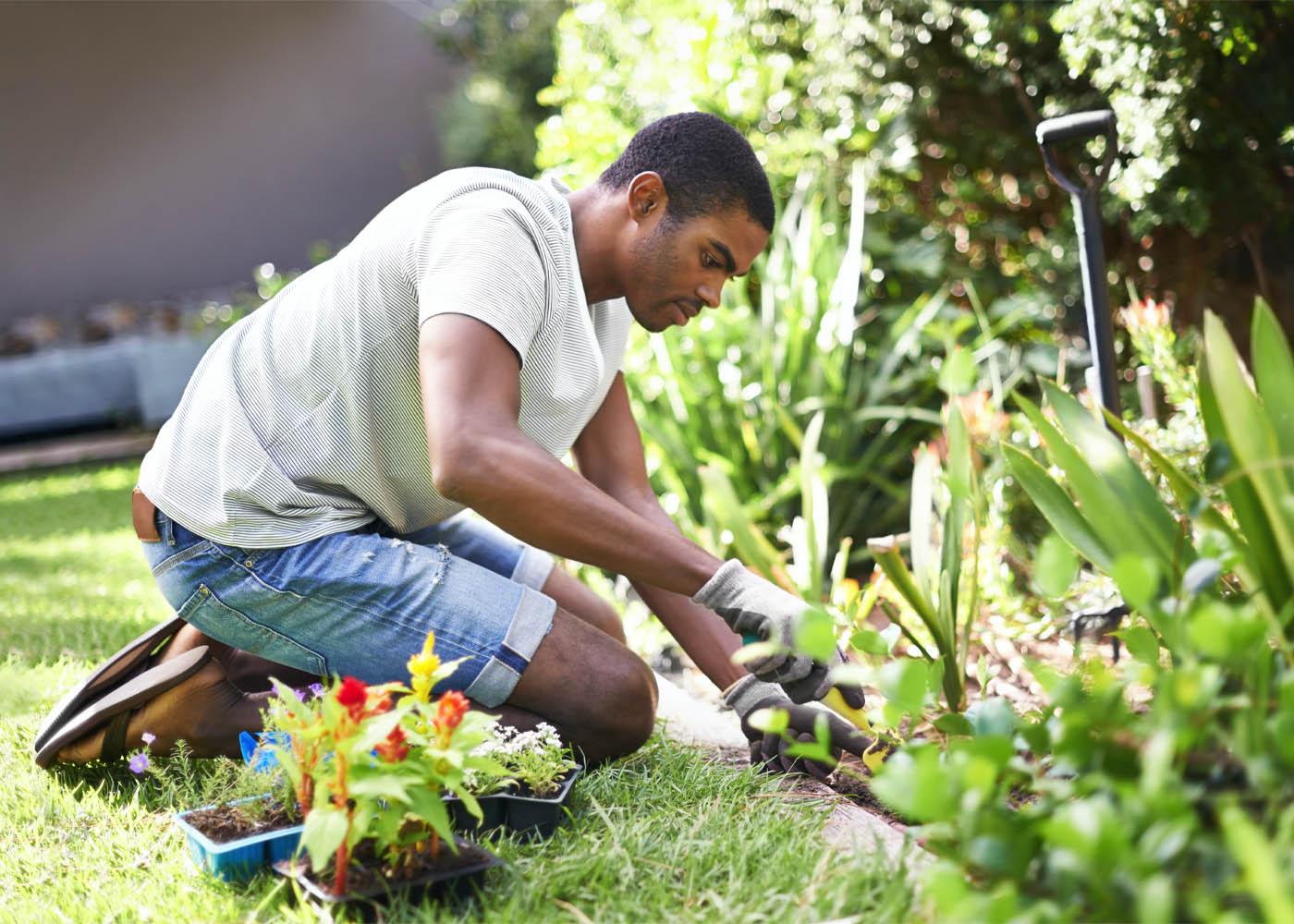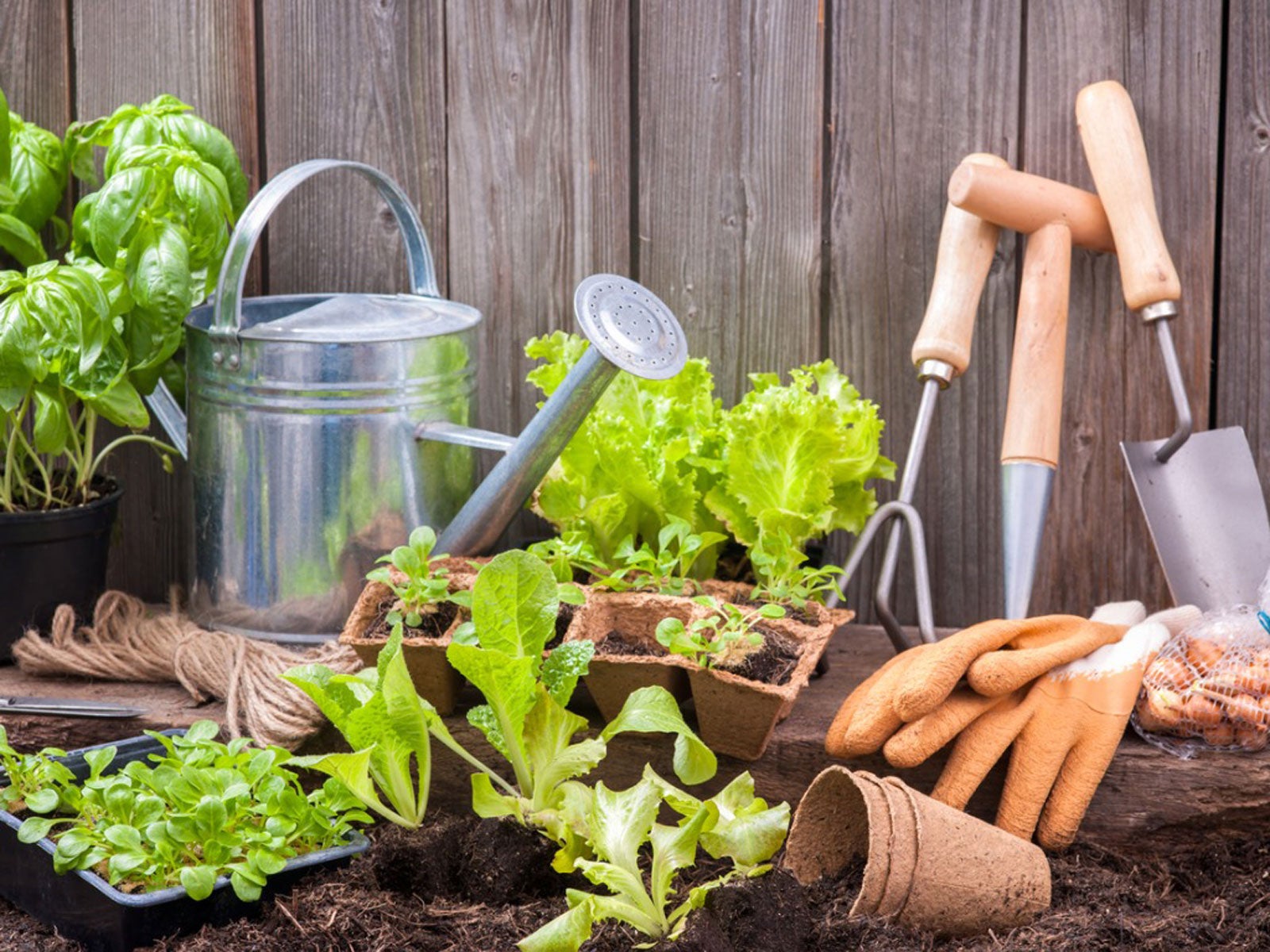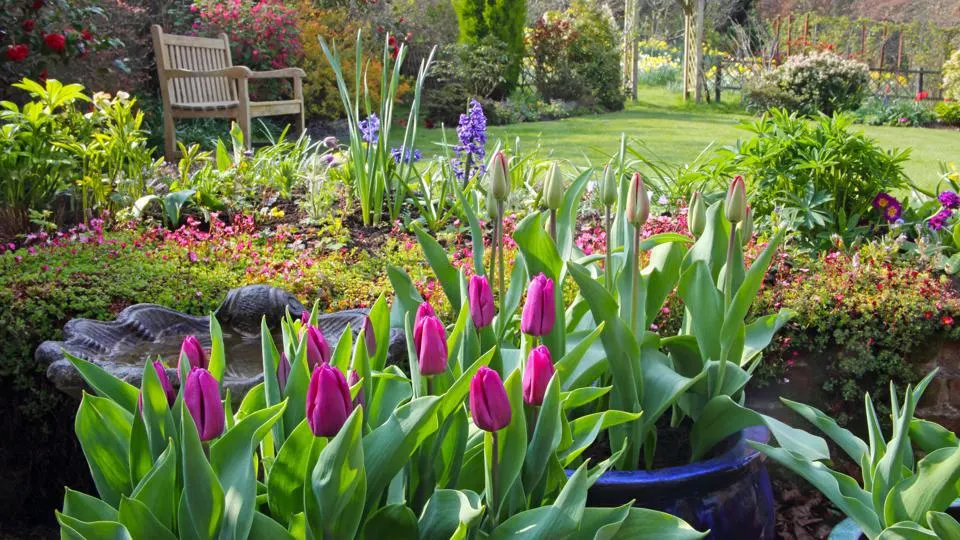Title: Creating a Wildlife-Friendly Garden: Attracting Birds, Bees, and Butterflies
A wildlife-friendly garden not only adds beauty to your outdoor space but also provides essential habitat and resources for birds, bees, butterflies, and other beneficial creatures. By incorporating native plants, providing food sources, and creating shelter and nesting areas, you can attract a diverse array of wildlife to your garden while promoting biodiversity and ecological balance. Here are some tips for creating a wildlife-friendly garden that attracts birds, bees, and butterflies:
1. **Choose Native Plants**: Select native plants that are well-adapted to your region’s climate, soil, and wildlife. Native plants provide food, shelter, and nesting sites for local wildlife species and are essential for supporting native pollinators such as bees and butterflies. Choose a variety of native flowers, shrubs, and trees with different bloom times to provide year-round food sources and habitat.
2. **Plant Pollinator-Friendly Flowers**: Include a diverse selection of flowers that attract and support pollinators such as bees, butterflies, and hummingbirds. Choose nectar-rich flowers in a range of colors, shapes, and sizes to appeal to different pollinator species. Examples of pollinator-friendly flowers include bee balm, lavender, coneflower, milkweed, butterfly bush, and salvia.
3. **Provide Water Sources**: Create water sources such as birdbaths, shallow dishes, or small ponds to provide drinking and bathing opportunities for birds, butterflies, and other wildlife. Place water features in sunny or partially shaded areas away from predators and provide rocks or perches for wildlife to access the water safely.
4. **Offer Food and Feeders**: Provide supplemental food sources such as bird feeders, nectar feeders, and fruit-bearing plants to attract birds, bees, and butterflies to your garden. Choose bird feeders and feed types appropriate for the species of birds in your area, and keep feeders clean and well-stocked year-round. Plant fruit-bearing trees and shrubs such as berry bushes or fruit trees to provide natural food sources for wildlife.
5. **Create Habitat and Shelter**: Incorporate a variety of plants, trees, and shrubs of different heights and densities to create diverse habitat and shelter for wildlife. Include evergreen trees and shrubs for year-round cover and nesting sites, as well as deciduous trees and shrubs that provide seasonal foliage, flowers, and fruit. Leave areas of natural vegetation or brush piles to provide additional shelter and refuge for wildlife.
6. **Avoid Chemicals and Pesticides**: Minimize or eliminate the use of chemical pesticides, herbicides, and fertilizers in your garden to protect wildlife and promote a healthy ecosystem. Choose organic gardening methods and natural pest control strategies such as companion planting, beneficial insects, and hand removal of pests to manage garden pests without harming beneficial wildlife.
7. **Create Nesting Sites**: Provide nesting sites and materials for birds, bees, and butterflies to build nests and raise their young. Install birdhouses, nest boxes, or nesting shelves for cavity-nesting birds such as bluebirds, chickadees, and wrens. Leave dead trees or branches intact as potential nesting sites for cavity-nesting birds and insects.
8. **Maintain Garden Diversity**: Maintain a diverse and balanced garden ecosystem by planting a variety of plants, flowers, and habitat features that support different wildlife species throughout the year. Rotate plantings, mulch, and compost to improve soil health and fertility and encourage beneficial soil organisms. Regularly monitor and observe wildlife activity in your garden to assess habitat needs and make adjustments as needed.
9. **Provide Sun and Shade**: Create sunny and shaded areas in your garden to accommodate the needs of different wildlife species. Plant sun-loving flowers, shrubs, and grasses in open, sunny areas, and provide shaded areas with trees, shrubs, and trellises for wildlife to escape from the sun and seek refuge during hot weather.
10. **Be Patient and Observant**: Creating a wildlife-friendly garden takes time and patience, so be patient and observant as you watch your garden evolve and attract new visitors over time. Take time to observe wildlife behavior, interactions, and preferences, and make adjustments to your garden design and management practices based on your observations.
By following these tips for creating a wildlife-friendly garden, you can attract birds, bees, butterflies, and other beneficial creatures to your outdoor space while promoting biodiversity, ecological balance, and natural beauty. Whether you have a small urban garden or a sprawling rural landscape, you can make a difference for wildlife by providing essential habitat, food, and resources in your garden. Enjoy the sights and sounds of nature as you watch your garden come to life with birdsong, buzzing bees, and fluttering butterflies throughout the seasons.



